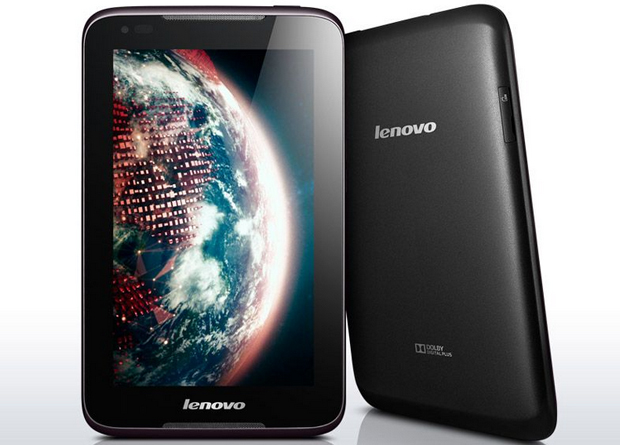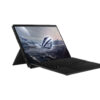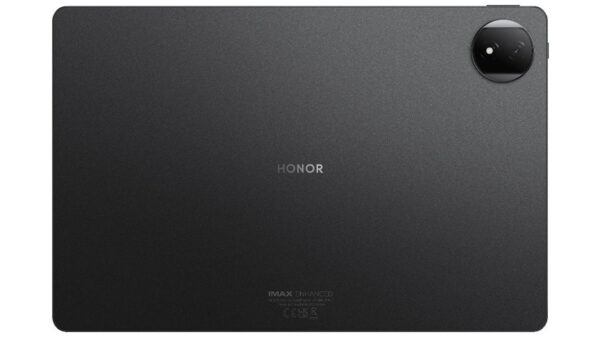The use of smartphones and laptops is widespread among enterprises, with nearly three out of every four organizations issuing corporate-owned laptops (74 percent) and smartphones (71 percent) to their workforces. Tablets, on the other hand, are issued by only half (47 percent) the surveyed enterprises; however, these devices are expected to bridge this gap over the next three years, as many of the more data-intensive mobile applications migrate over to the tablets.
New analysis from Frost & Sullivan, The Future of Mobile Devices from a Customer Perspective – United States and Europe , finds that by 2016, the use of smartphones is expected to decrease from the current levels of 66 percent to 58 percent, while tablets are expected to increase from 49 percent to 56 percent.
Interestingly, while almost 60 percent of organizations allow personal devices to be connected to the corporate network, only four out of ten IT decision makers report that their company has a formal bring your own device (BYOD) policy in place.
“Approximately 58 percent of large enterprises have a formal BYOD policy, while only 20 percent of small businesses have a standardized policy,” said Frost & Sullivan research analyst Karolina Olszewska. “The most common method of enforcing BYOD policies is through network technology solutions at 67 percent, followed by mobile device management at 61 percent.”
The enterprise mobile device landscape is rapidly changing, evidenced by the surprising emergence of Android as the most common (56 percent) mobile operating system supported for organization-owned devices. This is followed by iOS (41 percent), Windows Mobile (30 percent) and BlackBerry (28 percent).
While the banking, finance and insurance sector has been the most prominent user of smart phones for business purposes among the verticals surveyed in 2013, in the tablet segment, manufacturing took top honours.
“Overall, 62 percent of the workforce is traditional, working at office locations. Mobile workers account for 22 percent and remote workers the remaining 16 percent,” noted Olszewska. “Although this trend is not expected to change drastically within the next three years, the number of in-office workers is expected to decrease, while remote and mobile workers are expected to increase, signifying greater opportunities for smartphone and tablet makers.”
















































































































